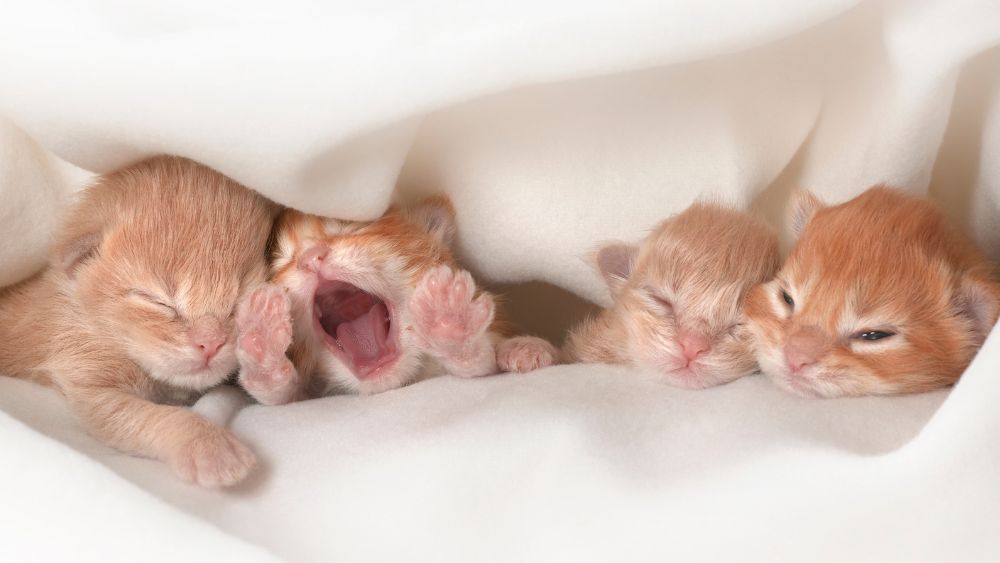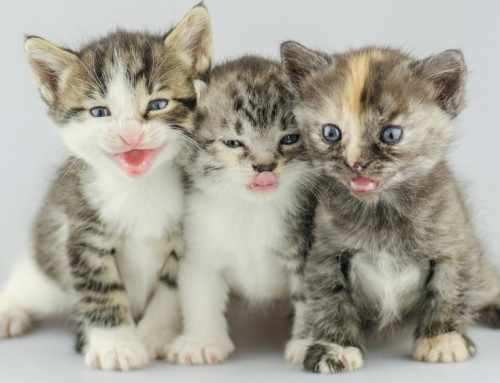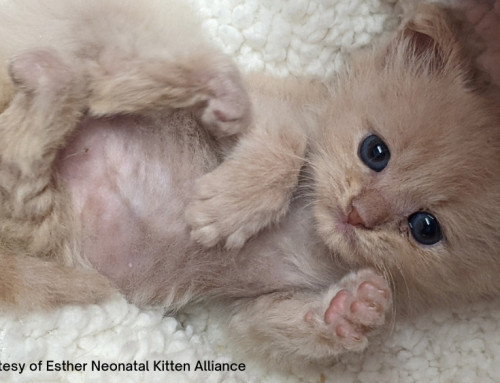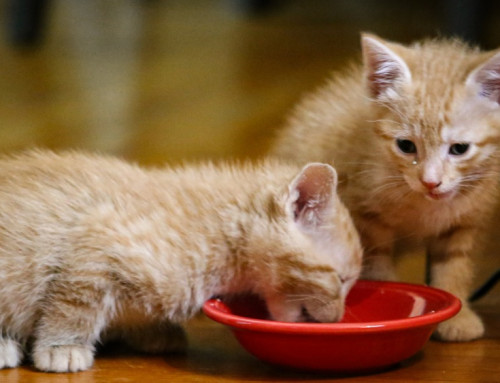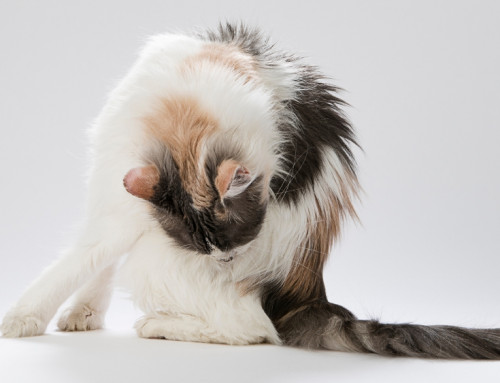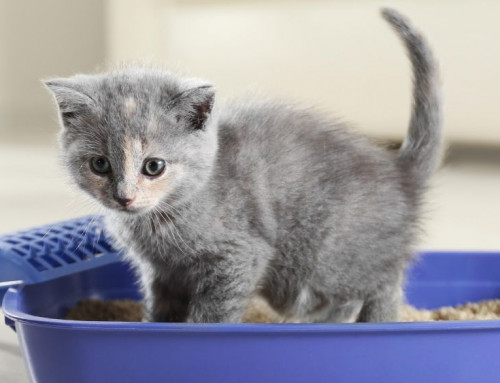Share this resource or email it to a friend!
What Is Atresia Ani in Kittens?
Atresia ani is a congenital condition that occurs due to an embryonic developmental failure of the large intestine to normally connect with the anus, preventing normal defecation.
The condition presents in kittens as four types of anomalies (deviations from normal):
- Type I: Congenital anal stenosis, or narrowing
- Type II: Imperforate or closed anus alone
- Type III: Imperforate anus combined with a blind rectal pouch, in which the rectum ends and does not connect the colon to the anus
- Type IV (rare): Normal external anal sphincter and anal sacs combined with a blind rectal pouch
Atresia ani may appear alone or in combination with a rectovaginal or rectovestibular fistula (RVF), which is an abnormal connection between the rectum and vagina. Atresia ani, when it occurs in cats, mostly affects females with concurrent RVF.
What Causes Atresia Ani in Kittens?
During early embryonic development, the gastrointestinal, urinary and reproductive tracts connect via the cloaca. The urogenital fold, located in the cloaca, initially divides the cloaca into the rectum and the urogenital sinus, which further develops into the urethra and urinary bladder.
As embryonic development continues, the urogenital and rectal tracts separate, and the cloaca membrane thins to create the anus. Failure of the urorectal fold to divide the cloaca completely or failure of the anal membrane to rupture after anal creation results in atresia ani.
What Are the Physical Findings and Symptoms of Atresia Ani in Kittens?
- Lack a normal anal opening or completely lack an anal opening
- Be stunted and smaller than littermates
- Have a lack of appetite, known as anorexia
- Be lethargic
- Have abdominal enlargement due to retention of feces and secondary megacolon, an abnormal dilation of the colon which can lead to paralysis of the normal movements of the colon needed for defecation
- If a RVF is present, kittens may:
-
- Pass feces from the vulva
- Experience vulvar irritation
- Experience urinary tract infections due to fecal contamination and associated bacteria: E. coli and Proteus species
- Older kittens may have a history of chronic, recurrent urinary tract infection/inflammation symptoms, known as cystitis
-
Additional symptoms related to the type of atresia ani may include:
- Type I kittens have unproductive straining to defecate and constipation shortly after weaning
- Type II, III and IV kittens are uneasy and do not defecate; the abdomen is distended, the perineum (the area between the anus and the scrotum or vulva) may bulge, and vomiting may occur
How Is Atresia Ani in Kittens Diagnosed?
Diagnosis is made by a veterinarian based on history, clinical signs and physical examination. Abdominal imaging, such as abdominal radiographs, will diagnosis the extent of the constipation, obstipation, a severe form of constipation that prevents the passing of feces, and colonic distension. A rectal barium contrast study can be used to diagnose a RVF and to determine the positions of the fistula and terminal rectum. A contrast vaginogram can also be helpful in determining the length and width of the connection of the rectum with the vagina in kittens with RVF. In addition to imaging, a curved hemostat can be inserted into the vulva while a kitten is under anesthesia to help identify the connection with the rectum.
How Is Atresia Ani in Kittens Treated?
Treatment is dependent on the type of atresia ani.
Nonsurgical management may be used for Type I conditions in which the stenosis is minimal or until surgery is possible. Surgical correction is considered the treatment of choice for atresia ani but is often delayed until 6 to 8 weeks of age until the kitten is slightly more developed and a better candidate for general anesthesia. Anoplasty, or balloon dilation, is the most common procedure performed.
Kittens with atresia ani Types II, III and IV who are unable to defecate require immediate evaluation and surgical correction by a board certified veterinary surgeon. Previously discussed diagnostics aide in the anatomical typing of atresia ani to help determine the type of surgical correction required for each case. The aim of surgery is to restore anorectal continuity, to preserve the external anal sphincter and restore colonic function, as well as to eliminate any rectovaginal or urethrorectal connection.
What Is the Prognosis for Kittens with Atresia Ani?
While atresia ani is relatively uncommon in kittens and not a lot of data on prognosis is available, Type I and II anomalies have a better prognosis for long term survival and fecal continence after surgical repair than Type III and IV anomalies.
Complications after surgery can include fecal incontinence, anal stricture, persistent colonic stasis, or lack of normal muscle tone in the colon, and even megacolon, as well as recurrent cystitis from continued fecal contamination in the urinary tract.
Unfortunately, due to quality of life concerns, euthanasia is often considered in kittens with Type II, III and IV anomalies in which surgical correction cannot be performed promptly.

